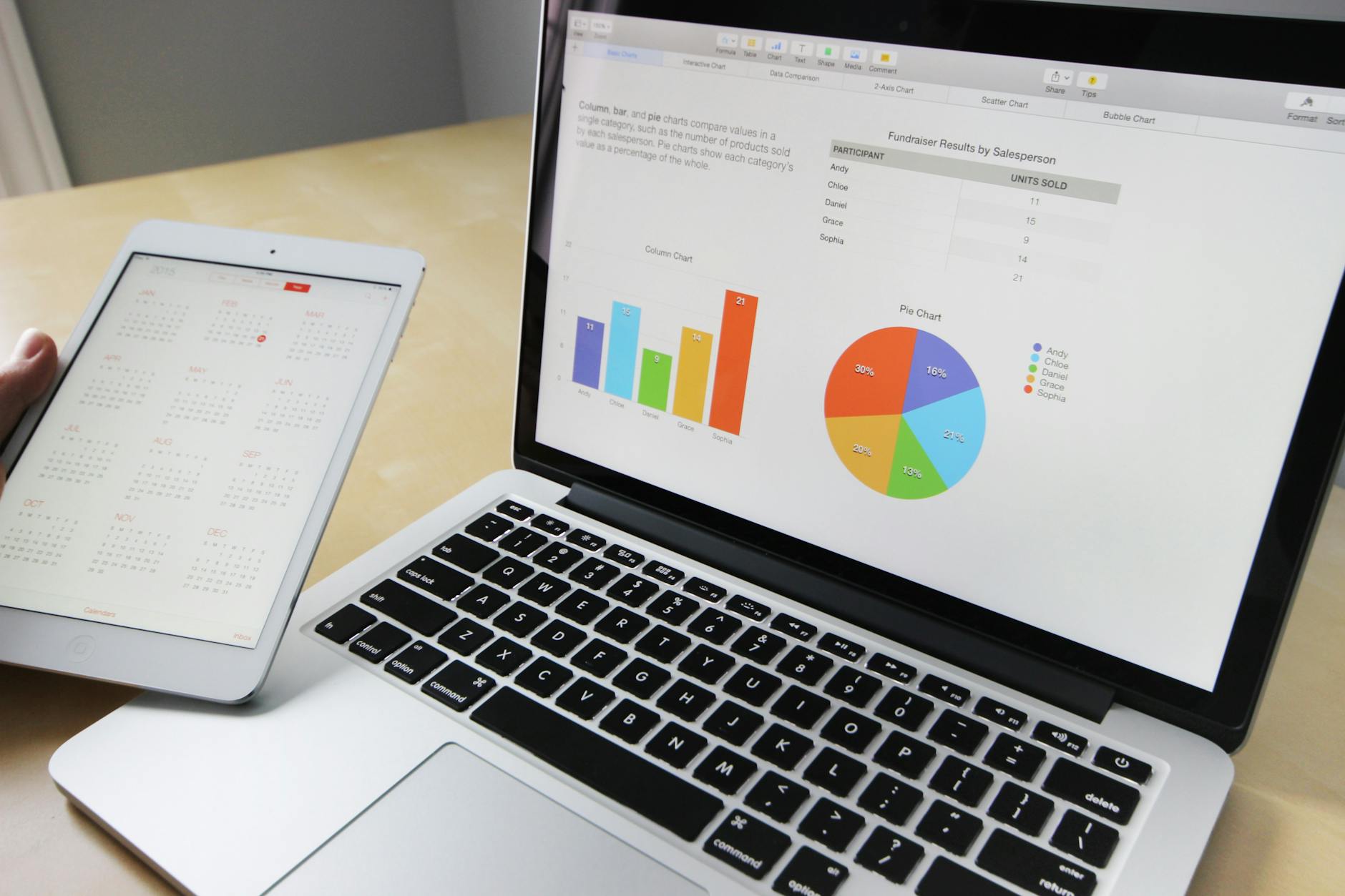Understanding the inflation rate is crucial for navigating the economy. Interest rates, purchasing power, and economic growth are all linked to inflation. One of the best ways to measure inflation is through Gross Domestic Product (GDP) and specifically the GDP deflator. Let's dive into how you can find the inflation rate using these economic indicators.
What is GDP and Why Does It Matter?
GDP represents the total value of goods and services produced within a country over a specific period. It serves as a comprehensive snapshot of a nation’s economic activity. By distinguishing between nominal GDP (which measures output at current prices) and real GDP (which adjusts for inflation), we can gain deeper insights into economic performance. This distinction helps us understand whether growth is genuine or just due to price increases.
 Photo by Pixabay
Photo by Pixabay
The Role of the GDP Deflator
The GDP deflator is a critical measure for capturing the price changes in all goods and services within an economy. It allows economists to compare nominal GDP and real GDP effectively. By calculating the GDP deflator, you can isolate the effects of price changes over time, which is essential for analyzing inflation.
How to Calculate the GDP Deflator
To find the GDP deflator, you can use the following formula:
GDP Deflator = (Nominal GDP / Real GDP) x 100
This formula indicates the level of prices in the economy compared to a base year. A GDP deflator above 100 indicates inflation, while below 100 indicates deflation. This is a straightforward calculation but gives you a powerful insight into economic health.
Finding the Inflation Rate
Once you have the GDP deflator, calculating the inflation rate becomes easy. The formula for determining the inflation rate from the GDP deflator is:
Inflation Rate = [(GDP Deflator in Current Year - GDP Deflator in Previous Year) / GDP Deflator in Previous Year] x 100
For example, if the GDP deflator was 100 last year and is 110 this year, the inflation rate is:
[(110 - 100) / 100] x 100 = 10%
This means prices have increased by 10% over the year.
The Importance of Context
While the GDP deflator gives a big-picture view of inflation, it doesn’t account for specific price changes in individual goods or services. It measures the economy as a whole. This can be beneficial because it reflects the overall price level but can also mask discrepancies in specific areas. For instance, if gas prices soar while other prices drop, the GDP deflator might still show moderate inflation.
Comparing the GDP Deflator to Other Measures
It's important to compare the GDP deflator with other indicators like the Consumer Price Index (CPI). The CPI measures the price change in a fixed basket of consumer goods and services, making it more relatable to everyday experiences. Understanding these differences can equip you with more accurate knowledge about economic conditions.
Gathering the Right Data
To track GDP deflator and inflation rate effectively, you should rely on trustworthy sources for economic data. Here are a few:
- Bureau of Economic Analysis (BEA): Regularly publishes GDP and deflator figures.
- World Bank and OECD: Provide annual data on inflation rates based on various metrics.
Staying updated with this data enables better financial and business decisions.
Conclusion
Finding the inflation rate using GDP involves using the GDP deflator as a key measurement tool. By understanding how to calculate the deflator and the inflation rate, you can gain insights into the economic health of a nation. This knowledge isn't just for economists; it’s valuable for anyone wanting to make informed decisions in daily life, from budgeting household expenses to understanding larger market trends.
Understanding the connection between these economic indicators can make a significant difference. So, the next time you're analyzing economic trends, remember the power of the GDP deflator and its role in revealing inflation rates. Your financial future may depend on it!
